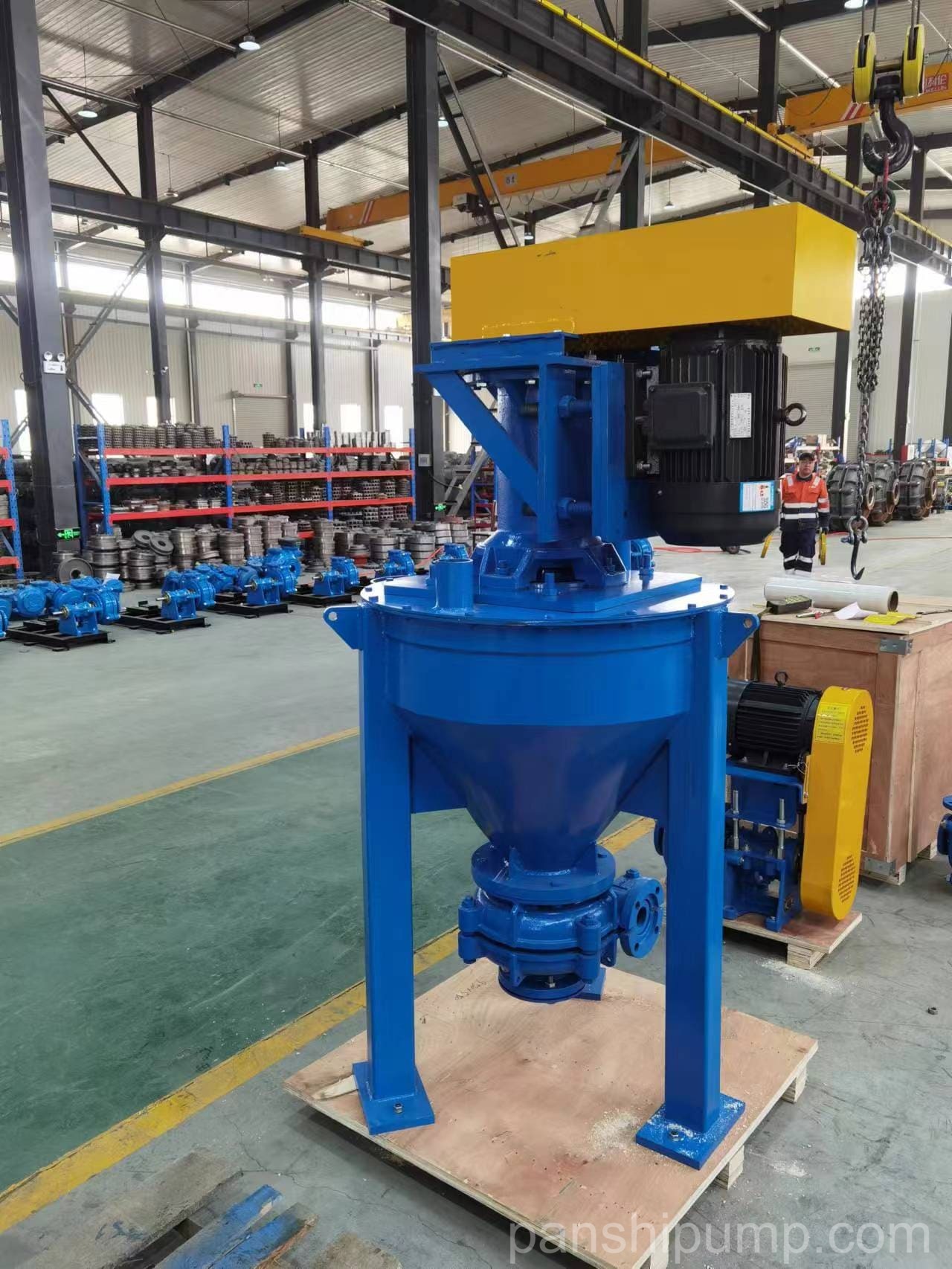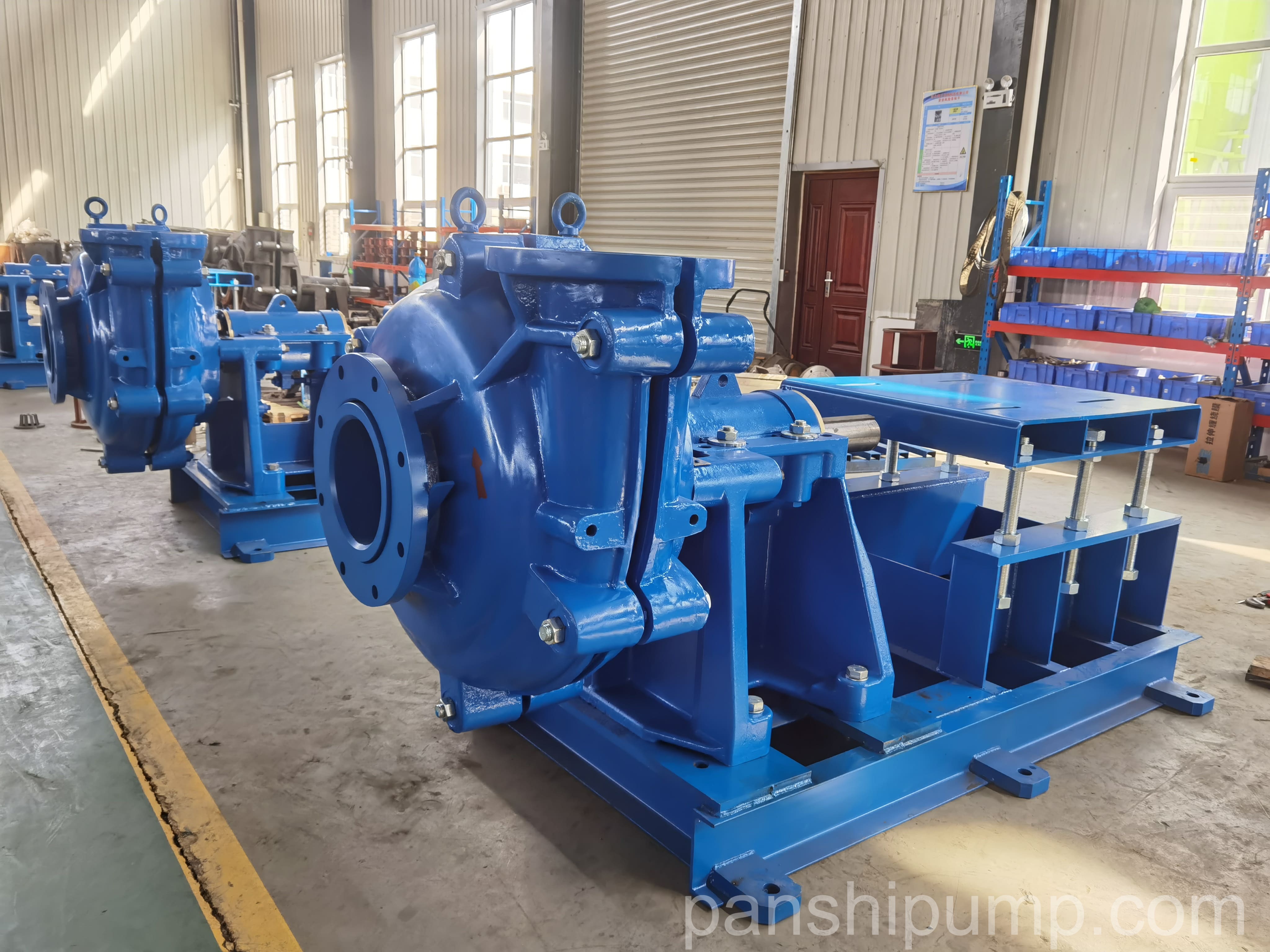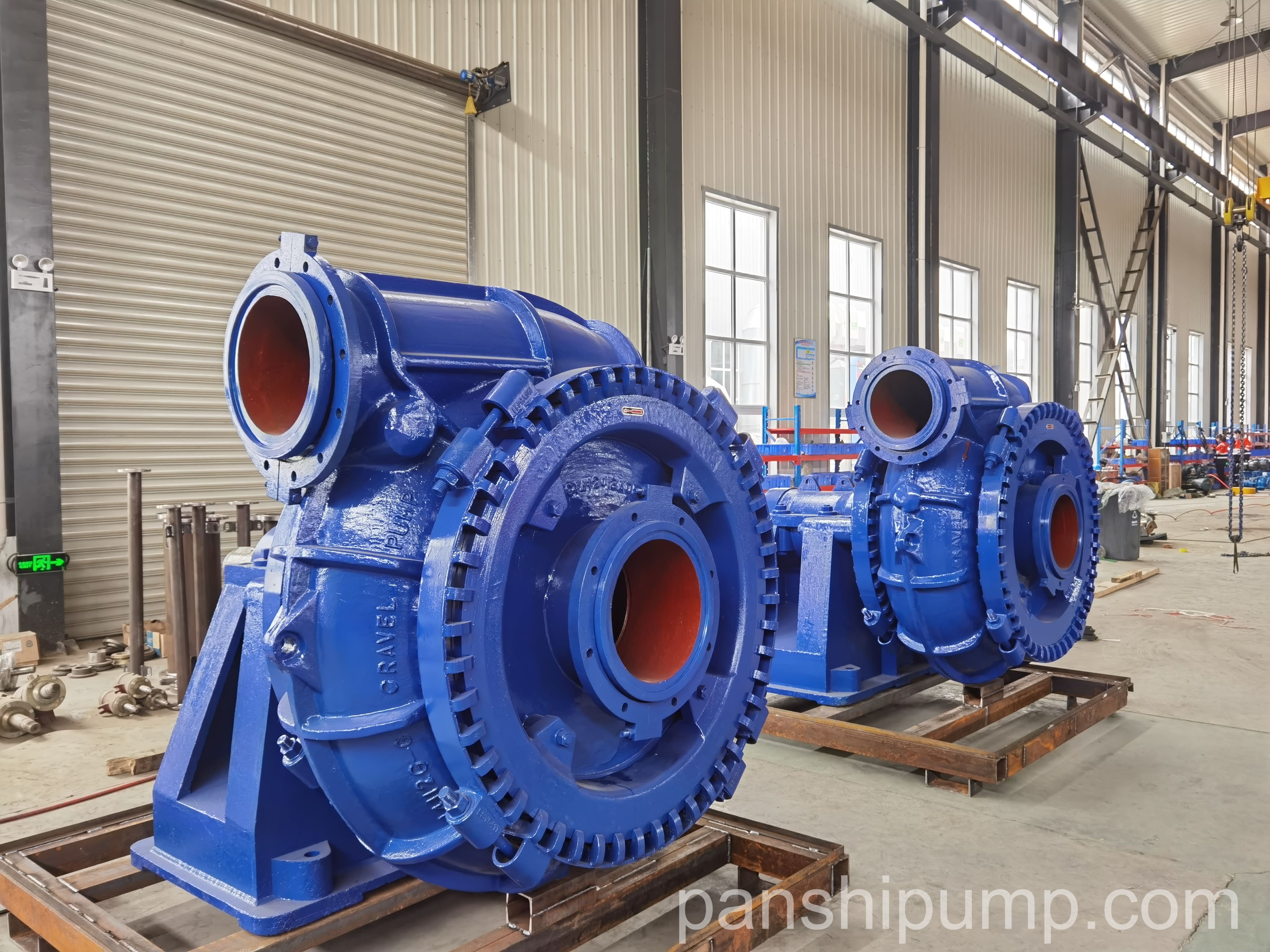FAQ
Our Water Pump Factory FAQ provides valuable information and guidance on various aspects related to water pump selection, operation, maintenance, efficiency, and energy savings. The FAQs are divided into three categories, with each category offering three key points to address common queries.
Pump Selection
What factors should I consider when selecting a water pump?
- Flow rate requirements: Determine the desired amount of water to be pumped per unit of time.
- Total head: Calculate the vertical distance and frictional losses the pump needs to overcome.
- Pump type and design: Select the appropriate pump type, such as centrifugal, submersible, or reciprocating, based on application requirements.
How do I determine the correct pump size for my application?
- System requirements: Consider the specific needs of your application, including flow rate, head, and any additional factors like pipe fittings or valves.
- Manufacturer’s specifications: Refer to the pump manufacturer’s documentation and product catalog to ensure that the selected pump model is capable of meeting your requirements.
- Seek professional advice: In complex applications, consult with an engineer or pump specialist for assistance in choosing the right pump size.
Can I use a water pump for different fluids besides water?
- Materials compatibility: Verify if the pump materials are chemically compatible with the fluid you intend to pump. Some pumps are specifically designed for non-water fluids.
- Viscosity considerations: Certain pumps are better suited for pumping viscous fluids, so ensure the pump is appropriate for the specific fluid properties.
- Efficiency and performance: Different fluids may affect pump efficiency and performance, so it is crucial to consult with the manufacturer or an expert to determine suitability.
Pump Operation and Maintenance
How do I properly install a water pump?
- Location selection: Choose a stable, well-ventilated area with adequate space for maintenance and repairs.
- Priming and filling: Follow the manufacturer’s instructions to prime the pump and ensure it is adequately filled with water before starting.
- Electrical connections: Ensure proper electrical connections following local wiring regulations and safety guidelines.
How often should I perform maintenance on my water pump?
- Regular inspections: Conduct visual inspections to check for leaks, abnormal noises, or signs of wear and tear regularly.
- Lubrication: Follow the manufacturer’s recommendations for lubricating bearings or other applicable parts.
- Cleaning and debris removal: Keep the pump and its surroundings clean, removing any debris that may cause clogging or damage.
What should I do if my water pump malfunctions?
- Troubleshooting: Consult the pump’s user manual or troubleshooting guide to identify common issues and potential solutions.
- Professional assistance: If unable to resolve the problem, contact a qualified technician or the pump manufacturer’s customer support for further guidance.
- Preventive measures: Regular maintenance and prompt repairs can minimize the risk of malfunctions, so ensure you follow recommended maintenance schedules.
Pump Efficiency and Energy Savings
How can I improve the energy efficiency of my water pump system?
- Proper system design: Optimize pipe sizing, reduce excessive fittings, and eliminate unnecessary restrictions to minimize energy losses.
- Variable speed drives: Consider using adjustable speed drives that match the pump’s speed to the system’s demand, reducing energy consumption during low-demand periods.
- Monitoring and control: Implement pump control systems with sensors, timers, or pressure switches to automate pump operation based on the system’s requirements.
Are there any maintenance practices that can enhance pump efficiency?
- Impeller inspection and cleaning: Regularly inspect and clean the impeller to remove any debris or scale that may affect pump performance.
- Pump alignment: Ensure proper alignment between the motor and pump shaft to reduce friction and energy losses.
- Efficiency audits: Periodically assess the pump system’s efficiency using flow meters and power monitoring tools, identifying areas for improvement.
Can I retrofit an existing pump system for better efficiency?
- Pump upgrades: Upgrading critical components like impellers, seals, or motors can improve overall pump efficiency.
- System optimization: Work with a professional to assess the system design, piping layout, and controls, making necessary changes to enhance energy efficiency.
- Energy management: Implement energy management strategies like load scheduling or demand control to optimize overall energy consumption in the pump system.



